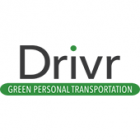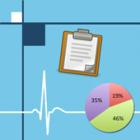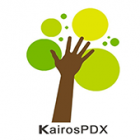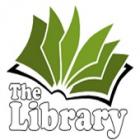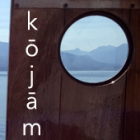
Green Initiatives at the Space Needle - Workflow Digitization
Space Needle, LLC is seeking a move to a greener and more efficient electronic billing, invoicing, and records sharing system within the organization, with ability to share outside the organization. The company was seeking a digital process and invoice approval system to convert manual entry and workflow procedures and replace the antiquated format and practices already in place. This Capstone investigated emerging industry technologies surrounding electronic receiving, invoicing, and workflow with particular consideration of processes in document management and department budgeting and approval. Project impact includes elimination of misplaced files or invoices, instant document retrieval and sharing across the company, and a fit with the company’s new Green Initiatives Mission.

